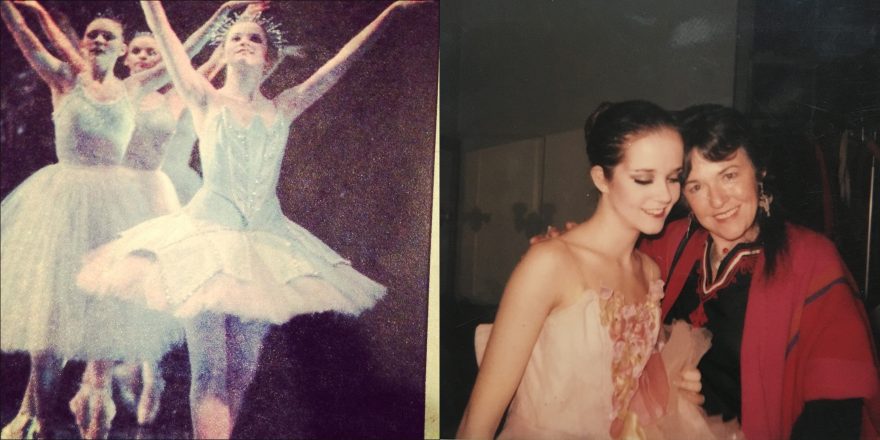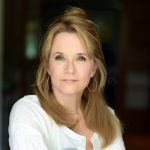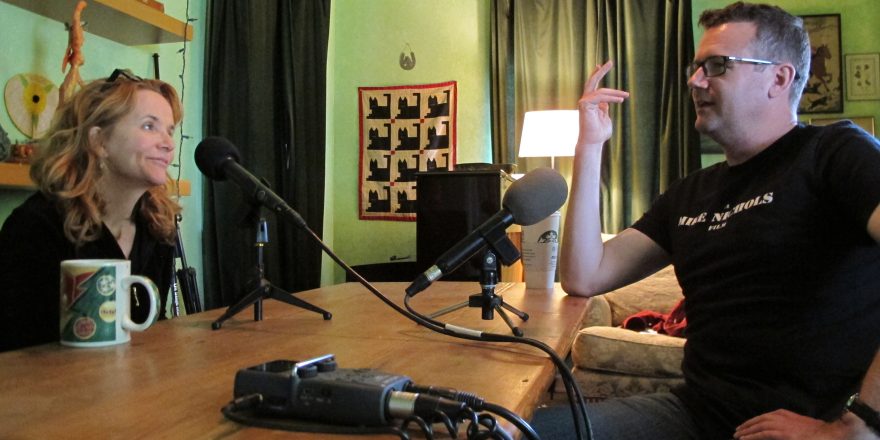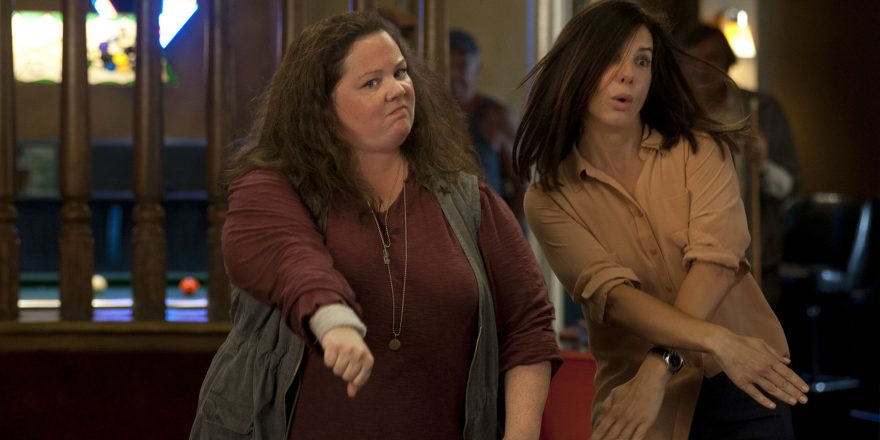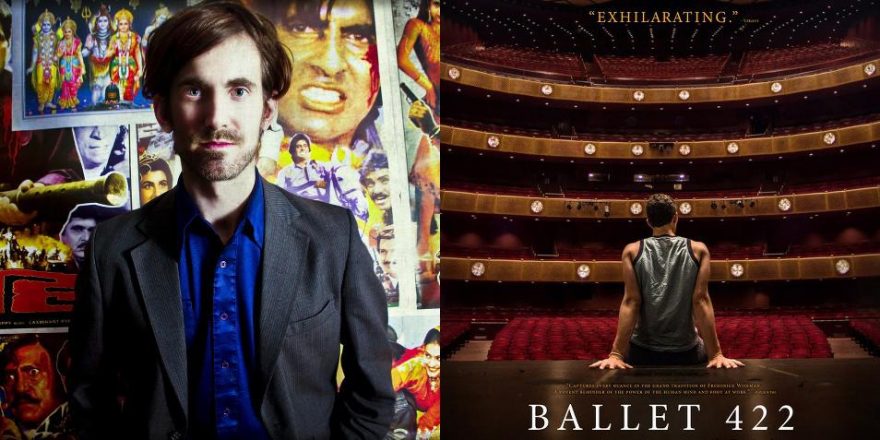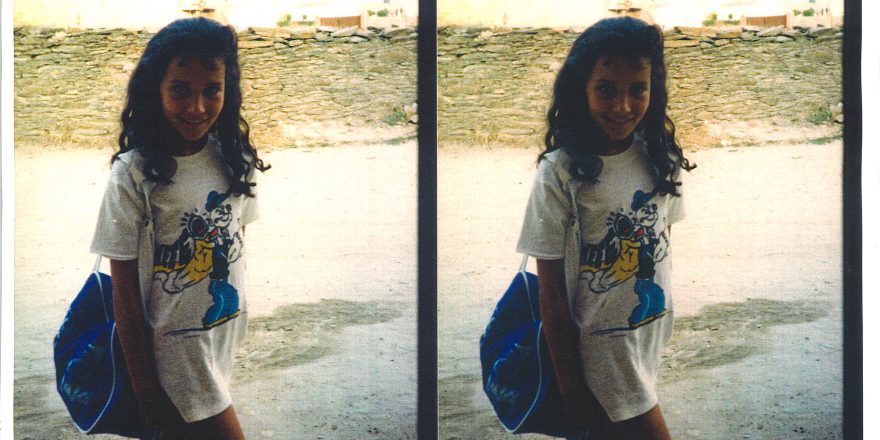I wanted to be a dancer from my first steps, trying to join my brothers and sisters who were dancing in our living room in a small town in southern Minnesota. Then later watching my four brothers and sisters and both parents onstage in a local production of Bud Johansen’s Nutcracker Ballet.
I was a melancholy child, but prone to fits of joy, and that is well-suited to a life in the arts. My mother always taught us that even though we were poor and our dining room table was an old picnic table, we were still better than most people because we were artists.
It was a good trick.
But, of course, it was true: my mom was a better person because she was an artist. She sewed our clothes, played the piano for us, painted portraits of her high-class friends while they drank red wine and smoked cigarettes. She taught us yoga in 1964. She cooked sukiyaki and swam naked in the night. She had anxiety, depression and alcoholism. She wasn’t boring. She was a loving mother and a wonderful actress, painter, sculptor, composer and singer. She wrote four novels, and the only art she didn’t excel at was dance.
So at nine I started my journey into dance.
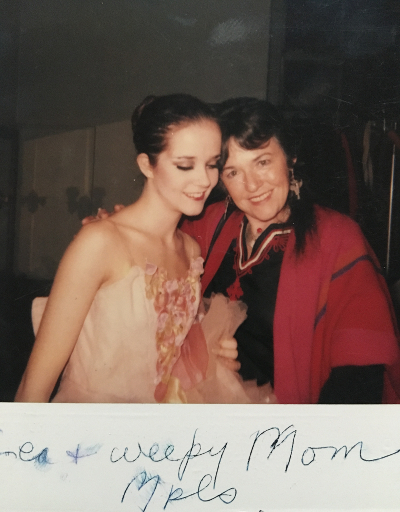
We had moved to the big city now, Minneapolis; my ghostlike father got a job teaching people how to sell life insurance. As soon as I could, I followed my impressive big brother Andrew to his Dance School.
I took the city bus to my classes for so many years. Climbing the steps, the piano music getting closer as I entered the studio. There was such beauty there, and such a grim determination as well. Thinking back, I can’t help but see how different it was to the world my children inhabit. No one drove me. I was on my own, left to navigate the competition, the disappointments, the honesty of the mirror, and the brutal teachers. But the dancing itself, just the joy of moving to that wonderful piano. The tiny victories over my all-too-imperfect body. And the way it feels to stretch and bend and really count on your lungs to hold on for one more stanza. It was work. It was tender. It was melancholy, but prone to fits of joy.
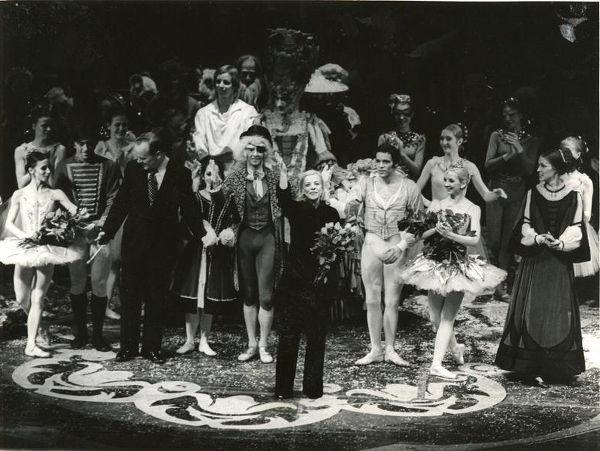
My first performance was in Loyce Houlton’s Nutcracker Fantasy. A mouse I was, peeking out from a grey stinky foam-rubber mask. Between me and the hushed crowd of four thousand people was the Minnesota Orchestra, playing Tchaikovsky in all of its extraordinary power. Typing that name is weird … I have never spelled it. I know every count of that score, yet I have never even tried to write his name. Peter Ilich … But I digress …
Mrs. Houlton, the choreographer, the ruler of my world, was a powerful woman. A visionary, you could tell she never was a very good dancer herself (which is often the case) but she was fearsome, driven, passionate, brilliant, and determined to create this oasis of originality in the Midwest. I think the struggle actually made her mad.
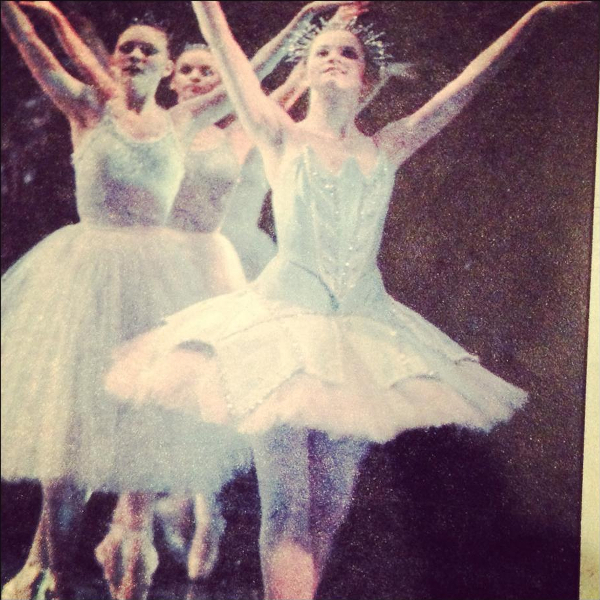
So my childhood was shaped by these two immensely gifted diva women, stuck in this time (late ’60s/early ’70s) and place (not New York or Los Angeles), who had the bemused support of their husbands, the great love of their children, but the unquenchable urge to create something from inside that was much bigger than the life they could see.
It was both fascinating and painful to watch.
The real difference between these women was that my mother was not mean. My mom got sober and left my father when I was eight. That was a very cool thing for her to do and I am sure it saved us all. Mrs. Houlton could be very cruel. “You are only good enough to be a Las Vegas dancer” was one of her little gems. I think my brother Andrew was seething in anger for the whole 20 years he danced in her company. But, of course, she created such incredible works for him, he had to stay. Dance is addictive. Inspiration is its own reward. Creation is why we are here.
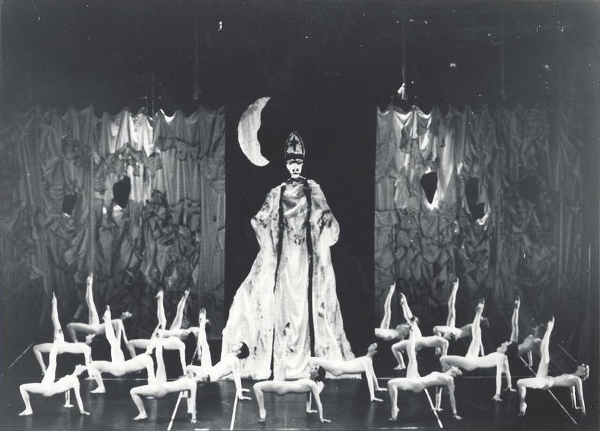
I only inspired her once. She cast me as the representation of innocence in her crazy, dark and wonderful production of Carmina Burana. I ran around a lot; apparently innocence doesn’t get to show off her cool moves. But my mom liked it. This debut had the same four thousand people with the same Minnesota orchestra in the pit, but we had a full choir behind us and the solo singers in cages on stage. Really fantastic. If I saw it today, I would be thrilled, and you would be too. You know this music, they use it in every epic trailer … crazy monks wrote the lyrics and Carl Orff killed the game. There was sex and death and gambling and betrayal and evil bishops.
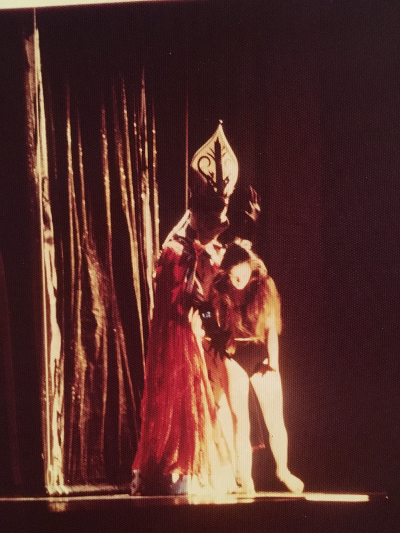
So that was how I spent my teen years. Working my ass off for an impossible woman. Never being good enough. Sitting on speakers singing along to Samuel Barber and George Crumb, counting out Stravinsky and Aaron Copland. Good stuff, and I am grateful. My childhood in Minnesota was so much more interesting than it should have been. And I feel it is a gift to know there are wonderful artists everywhere. Who do what they do because they have to. And thank God they are scattered across the world and not just in big cities. Also, I feel some comfort in seeing that there has been progress for women artists, that they don’t all have to fight so hard that it makes them mean or crazy, or both.
And, if I am really honest with myself, I wish I could be a bit more of a diva, have the confidence to be as singular and as creative as my mother and Mrs. Houlton.
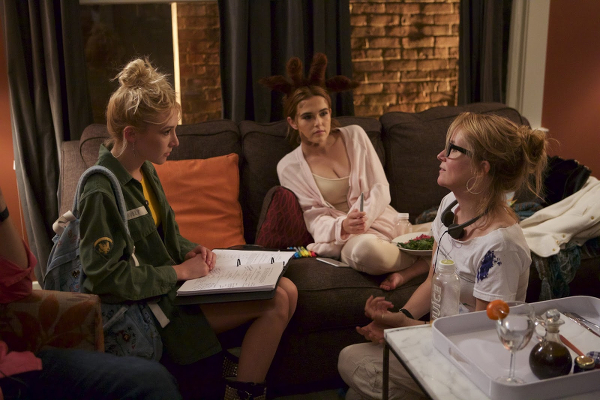
But I deferred to these role models. I saw their wrestling matches with God and I chose to be a muse. A good soldier, not a general. For the entire 40 years I have spent as a professional artist, I have never created a piece from scratch. Until four years ago, when I encouraged my daughter Madelyn Deutch to write her first feature script. Thus The Year of Spectacular Men was born, and together along with my daughter Zoey we have raised this film to its ultimate graduation on June 15, when it will be released. My mother’s paintings are featured in many of the sets, Madelyn wrote, starred in and scored the film, Zoey stars and produced, and I directed.
It feels so good to make something of our own, together. It’s a little melancholy, but with fits of joy.


